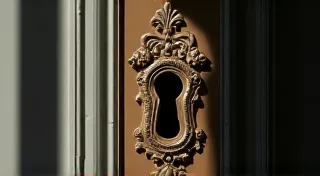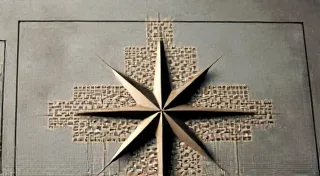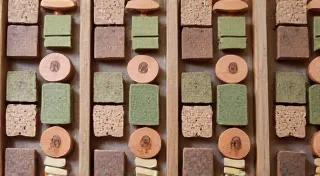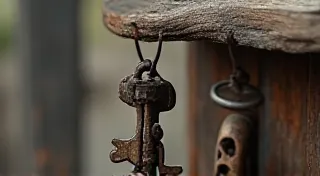More Than Minutes: The Symbolic Weight of Time in Antique Clock Design
The tick-tock of an antique clock isn't just a measure of passing time; it's a whisper of history, a testament to human ingenuity, and, often, a carefully constructed message woven into the very fabric of its design. As someone who spends hours meticulously restoring these timepieces, I'm constantly amazed not only by the craftsmanship involved but also by the subtle, sometimes profound, symbolism embedded within them. These weren't simply machines built to tell time; they were reflections of a culture obsessed with order, progress, and the enduring power of tradition.
My journey into clock restoration began with a grandfather clock my grandfather left me. It was a magnificent thing, dark mahogany gleaming with a forgotten luster, the pendulum frozen mid-swing. Attempting to bring it back to life became a portal, not just to a mechanical puzzle, but to a rich tapestry of history and artistry. It made me realize that antique clocks aren't just objects; they's keepers of stories.
The Numbers Speak Volumes
Let's start with the most obvious element: the numerals. While Roman numerals were common for centuries, their continued use even as Arabic numerals gained prominence wasn’t merely about aesthetic preference. Roman numerals, with their distinct forms and association with classical learning, represented stability, tradition, and a connection to the past—values that resonated strongly in the Victorian era, a period obsessed with honoring ancestral heritage. The choice of font itself conveyed meaning. Elegant, flowing script numerals signaled sophistication and luxury, while more utilitarian, sans-serif fonts (emerging later) reflected the rising tide of industrial modernity and a move towards efficiency.
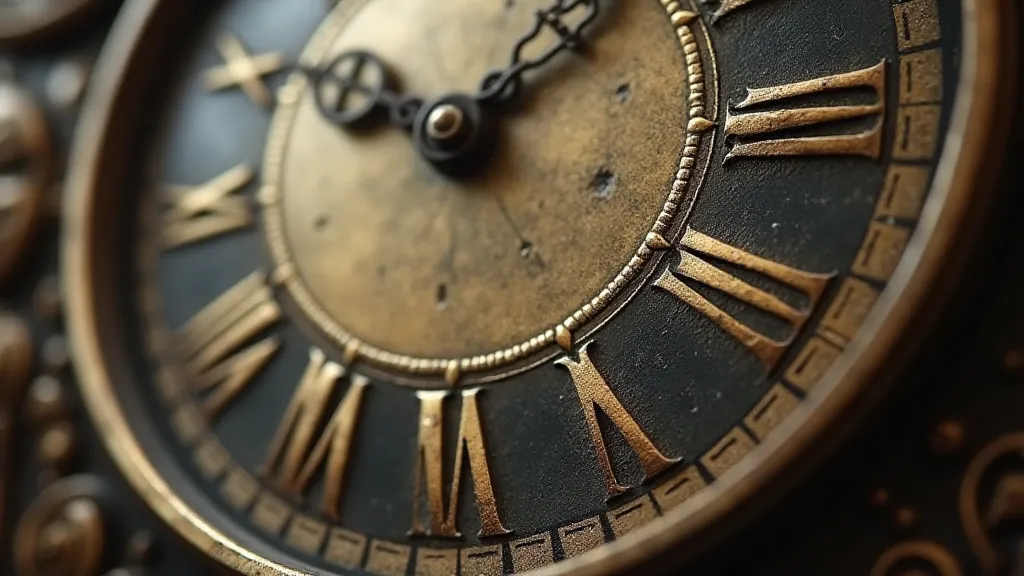
Motifs and Meanings: A Visual Language
Beyond numerals, the motifs incorporated into clock faces and cases are laden with symbolic weight. Floral designs, especially roses and lilies, were incredibly popular. Roses, representing love and beauty, were frequently seen in clocks gifted for anniversaries or engagements. Lilies, associated with purity and innocence, might grace a clock displayed in a nursery or a home dedicated to family values. Birds, especially swallows and doves, symbolized hope, renewal, and the passage of time – the cyclical nature of life and the inevitability of change.
Mythological figures weren’t uncommon either. Winged figures like Cupid or Mercury (the Roman messenger god) alluded to swiftness and the fleeting nature of time. Astronomical motifs – depictions of the moon phases, constellations, or zodiac signs – reflected the increasing interest in scientific observation and the desire to understand the cosmos. These weren't just decorative elements; they were carefully chosen to communicate a message about the owner’s aspirations, beliefs, and social standing.
The Case as a Canvas: Wood, Metal, and Status
The materials used to construct a clock also spoke volumes. Mahogany, with its rich, dark color and desirable grain, was a sign of wealth and good taste. Walnut offered a similar air of sophistication, but with a slightly more restrained elegance. Oak, often associated with strength and endurance, was frequently used in more rustic or farmhouse-style clocks.
The metalwork – the delicate brass or silver embellishments, the finely crafted pendulum bob, the meticulously carved weights – demonstrated the skill of the artisan and the owner’s appreciation for quality. The more elaborate the detailing, the more valuable and prestigious the clock was likely to be. In an era before widespread photography, clocks served as a form of visual self-representation, a way for families to project an image of themselves to their community.
The Victorian Era: A Crucible of Symbolism
The Victorian era (1837-1901) was arguably the peak of symbolic clock design. This was a period of rapid industrialization and social change, but also a time of intense nostalgia for a perceived "golden age" of craftsmanship and tradition. Clockmakers responded to this cultural tension by incorporating both modern and traditional motifs into their designs. They embraced new technologies, like mass production, but also sought to preserve the artistry and symbolic depth that had characterized earlier timekeeping devices.
Consider the popular “Vienna Regulator” clocks of the mid-19th century. These clocks, with their rectangular cases and prominently displayed weights, were admired for their accuracy and functionality. However, the meticulous design and the inclusion of classical detailing like carved rosettes and fluted columns elevated them to objects of artistic merit, reflecting a desire to combine practicality with aesthetic refinement. The pendulum, usually a simple weight, was sometimes adorned with elaborate engravings or even miniature landscapes, further blurring the line between functional device and work of art.
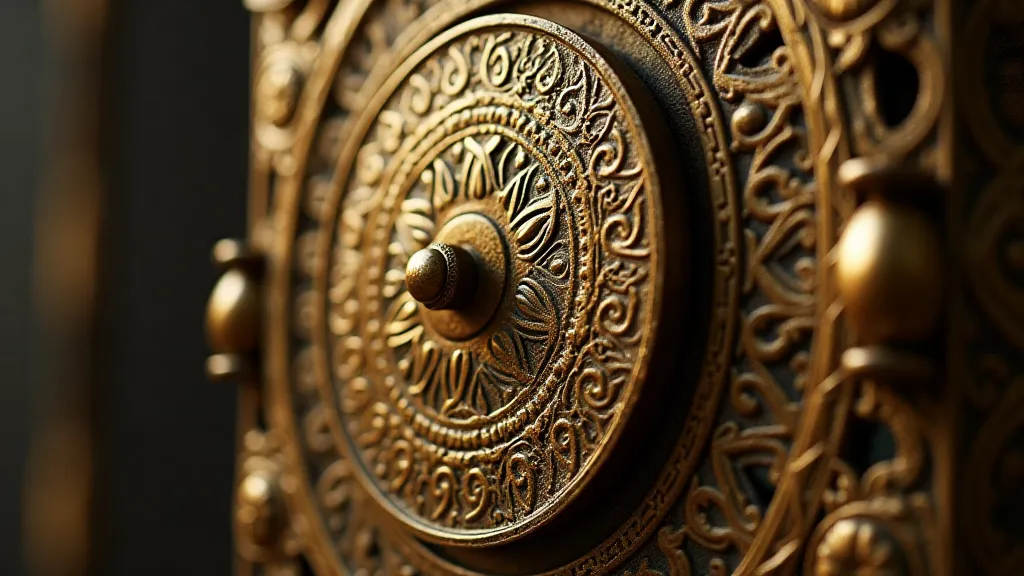
Restoration: More Than Just Mechanics
As a restorer, my job isn't just to get the clock ticking again; it’s to preserve its story. When cleaning an antique clock, I’m acutely aware that I’m handling a piece of history, a tangible link to a past era. Sometimes, traces of the original finish remain – faint brushstrokes, subtle discolorations – that offer invaluable clues about the clock's history and the craftsman’s techniques.
Knowing about the symbolism is crucial for ethical restoration. Should I remove a layer of paint that obscures a beautiful carving? Probably not, as that paint itself is part of the clock’s history. Should I replace a damaged weight with a modern replica? Ideally, no; the original, even in its imperfect state, holds a greater historical significance. Restoration is a balancing act between functionality and preservation, a constant negotiation with the ghosts of the past.
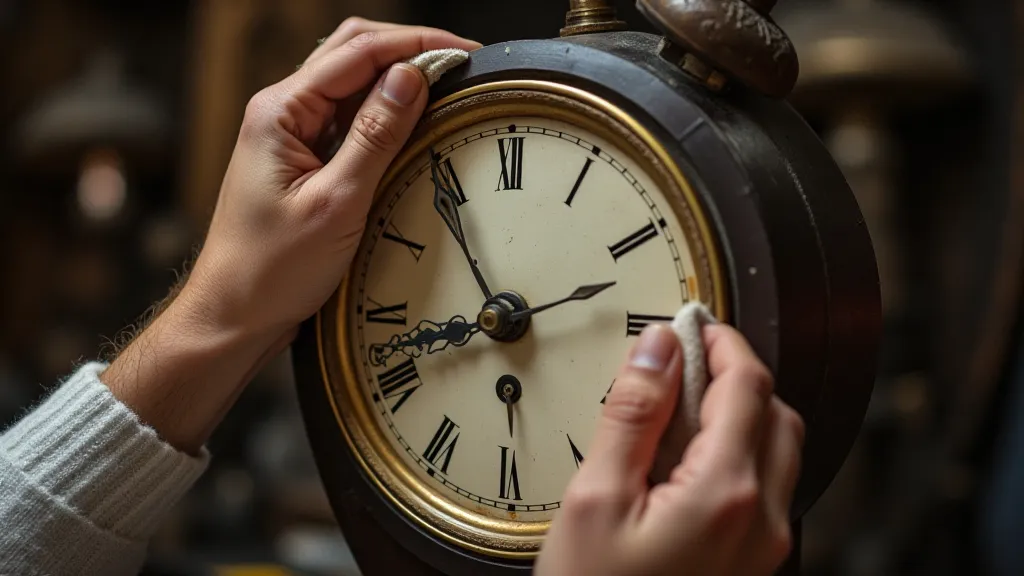
Collecting with Appreciation
For collectors, understanding the symbolism of antique clocks can significantly enhance their appreciation for these timepieces. It's not enough to simply admire the beauty of the design; it's important to consider the historical context and the messages that the clockmakers were trying to convey. A clock isn't just a way to tell time; it's a portal to another era, a tangible connection to the people who lived and worked in the past.
The enduring appeal of antique clocks lies not only in their mechanical ingenuity but also in their power to evoke emotions and inspire reflection. They are reminders of the passage of time, the fragility of life, and the enduring human desire to create objects of beauty and meaning. Each tick and tock is a whisper from the past, a story waiting to be rediscovered.

